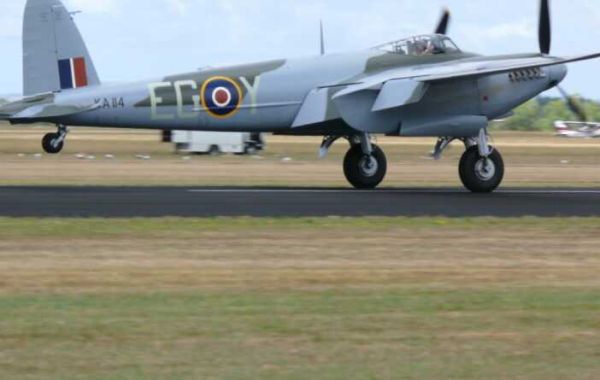Discover the Mosquito Bomber, a versatile wooden wonder that played a crucial role in WWII. Learn about its design, capabilities, and impact on history. Explore the PlaneHistoria website now.
Some aircraft are created great such as the DH 98 Mosquito Bomber. As soon as they roll off the production lines they are welcomed into service and soon fit perfectly into the role for which they are designed. In other aircraft, greatness only becomes apparent over time and often in roles for which they may not have been originally designed.
The Mosquito Bomber was designed in the late 1930s in Britain as a light bomber. However, the RAF weren’t much interested. The new aircraft was to be constructed of wood as opposed to the all-metal warplanes then coming into service around the world. It seemed like a throwback to an earlier era and it was only reluctantly accepted because it didn’t require the scarce metals needed to build other combat aircraft.
This was seen by many as a short-term, second-best, interim solution that would have to be tolerated only until resources were available for other new all-metal designs to be produced. Instead, the DH 98 Mosquito Bomber proved to be one of the best and most versatile designs of World War Two that, rather than being an antiquated wooden design, was actually a forerunner of entirely new approaches to aircraft design and construction.
Origin
During the 1930s, most military aircraft manufacturers in Britain and elsewhere were beginning to move away from the braced wooden structures used in earlier fighters and Mosquito Bomber and towards all-metal construction.
The benefits were obvious — metal construction was stronger and more resistant to combat damage and avoided the need for drag-inducing external struts and bracing. But one British aviation company continued to explore the possibilities of wood construction: de Havilland.
In the early 1930s, de Havilland produced several very successful civilian biplanes including the DH 89 Dragon Rapide airliner and what would become the RAF primary trainer, the DH 82 Tiger Moth.
Click here to know more about Mosquito Bomber.








